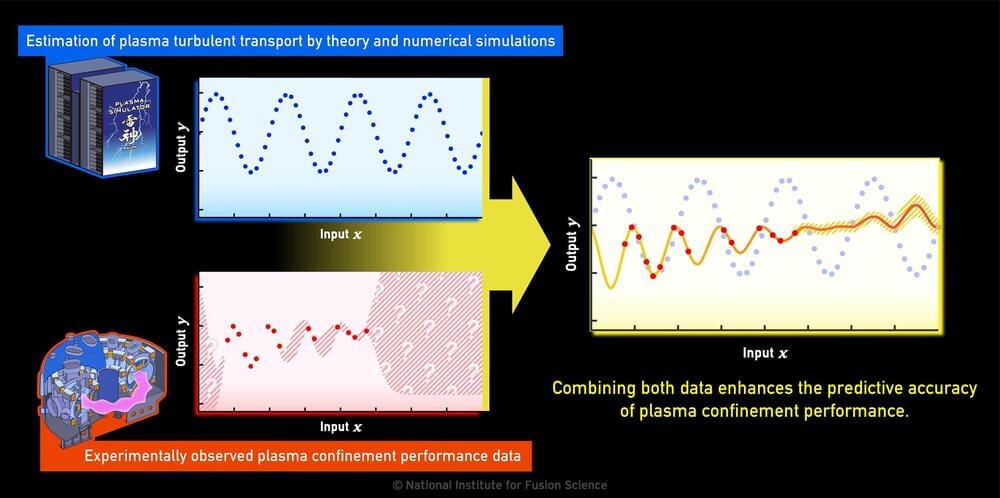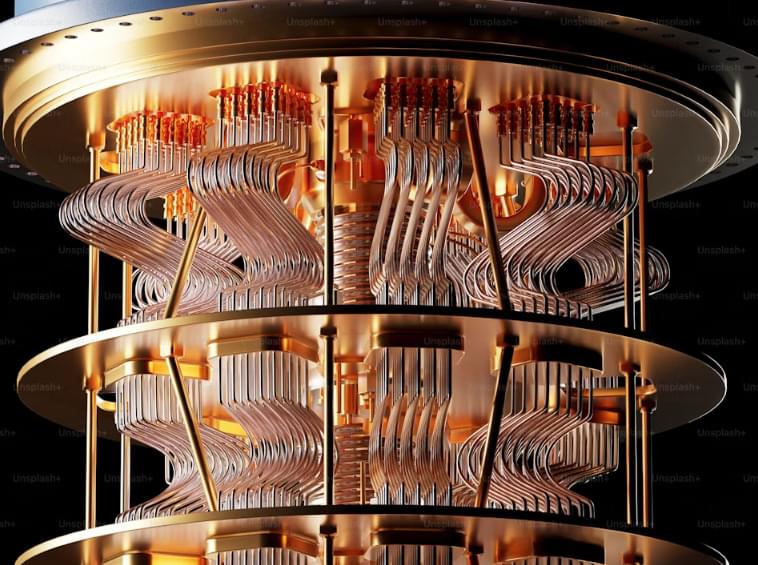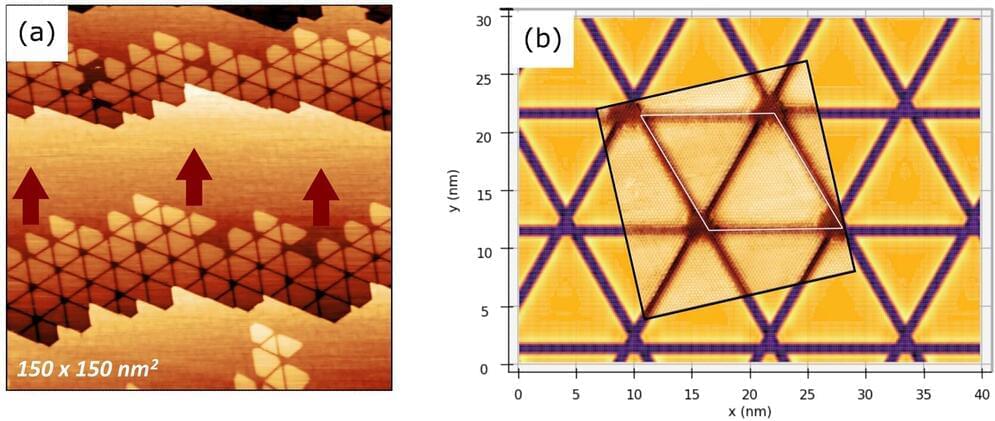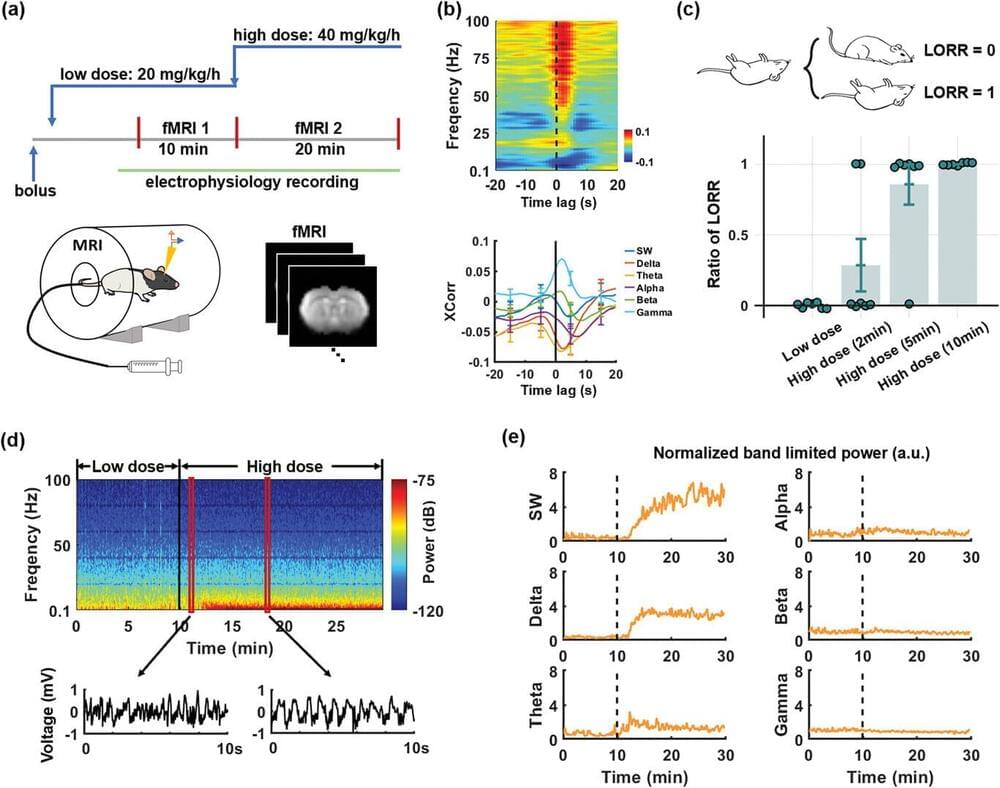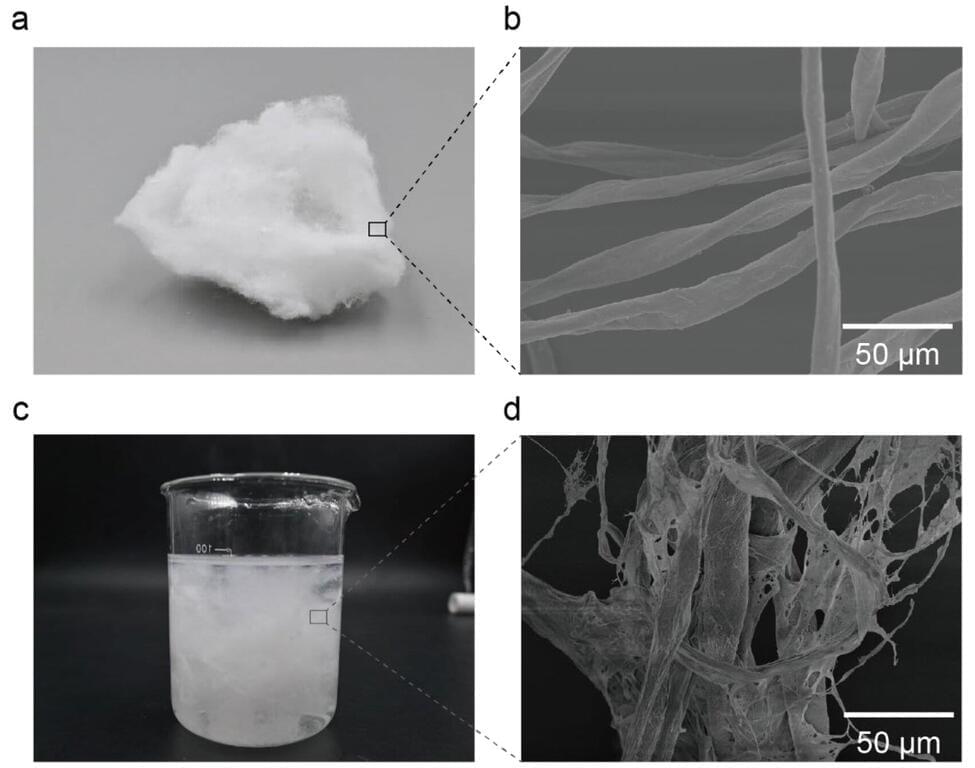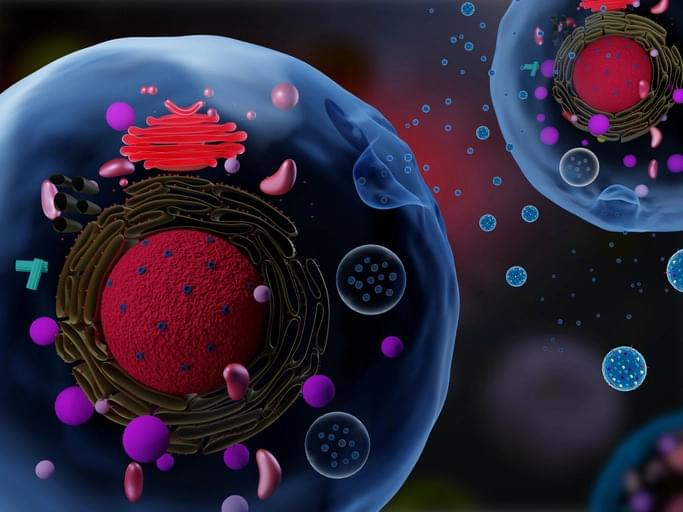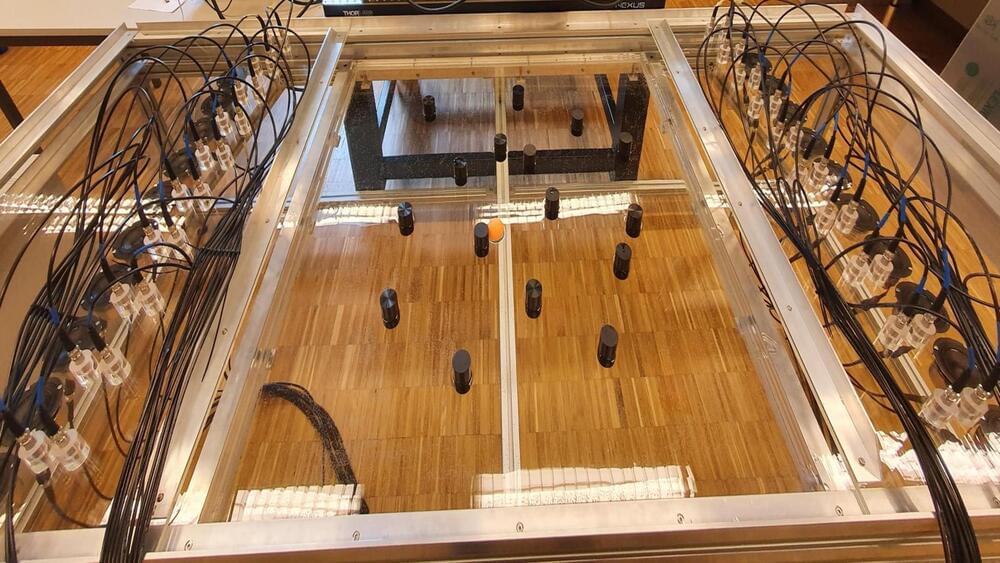Dec 14, 2024
Multi-fidelity modeling boosts predictive accuracy of fusion plasma performance
Posted by Saúl Morales Rodriguéz in categories: engineering, nuclear energy, particle physics, supercomputing
Fusion energy research is being pursued around the world as a means of solving energy problems. Magnetic confinement fusion reactors aim to extract fusion energy by confining extremely hot plasma in strong magnetic fields.
Its development is a comprehensive engineering project involving many advanced technologies, such as superconducting magnets, reduced-activation materials, and beam and wave heating devices. In addition, predicting and controlling the confined plasma, in which numerous charged particles and electromagnetic fields interact in complex ways, is an interesting research subject from a physics perspective.
To understand the transport of energy and particles in confined plasmas, theoretical studies, numerical simulations using supercomputers, and experimental measurements of plasma turbulence are being conducted.
